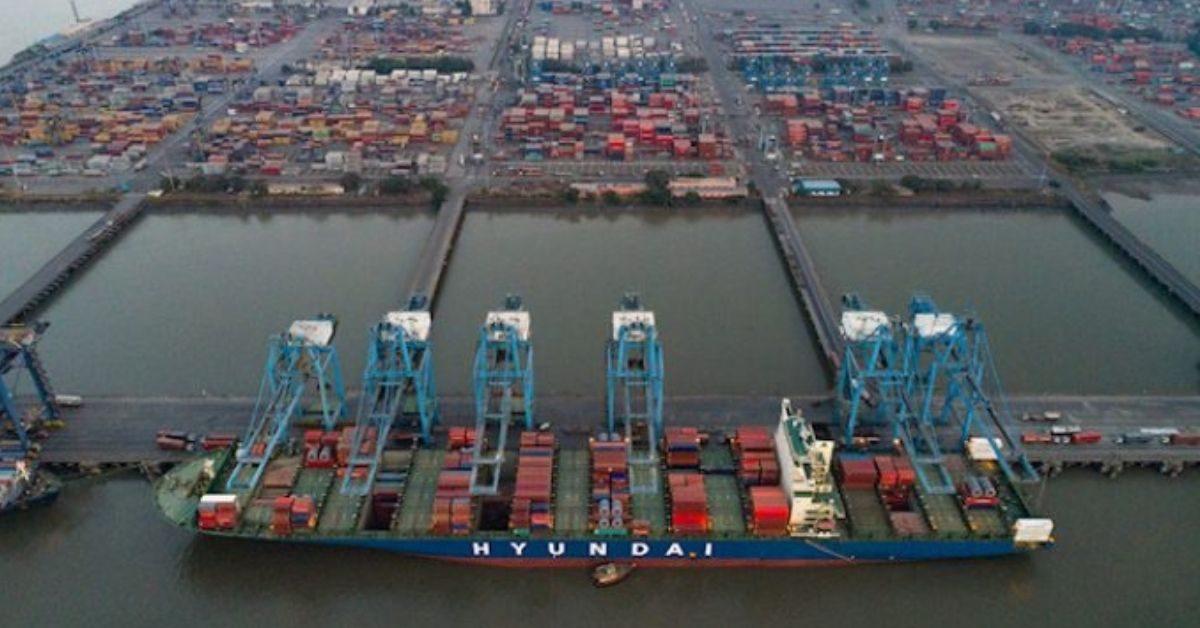On March 11, the Jawaharlal Nehru Port Authority (JNPA) and Gateway Terminals India Pvt Ltd (GTI) reached a settlement agreement to terminate a ten-year tariff dispute that had been handled by the newly constituted Conciliation and Settlement Committee (CSC).
The Ministry of Ports, Shipping and Waterways established the Conciliation and Settlement Committee (CSC) as an alternative dispute resolution tool to mediate and settle contractual issues between PPP operators, contractors, consultants, service providers, and state-owned major ports.
A P M Terminals Management B V, the container port operating unit of Danish shipping and transport giant A P Moller-Maersk A/S, owns 74% of GTI, while Container Corporation of India Ltd (Concor) owns the other 26%.
GTI obtained a stay from the Mumbai High Court after the former rate regulator slashed its charges by 44.28 percent in February 2012, allowing it to continue charging rates that were in place previous to the reduction until the issue was resolved. The petition is still pending.
The rate norms of 2005 regulated GTI until they expired in 2010. The Ministry amended the pricing standards for terminals operating under the 2005 regime in 2019, addressing many of the issues that had resulted in lawsuits.
To reach an agreement, the CSC suggested that the parties to the dispute implement the principles of the 2019 rate guidelines on surplus earned distribution.
Rate fixing rules in 2019
The surplus obtained over and above the acceptable costs and permitted return during the previous rate cycle and during the term of litigation, according to the 2019 rate norms, shall be divided according to a formula established by the Attorney General and included in the guidelines.
The AG-approved formula allows surplus to be distributed only when the terminal’s physical and financial performance exceeds 20% of the estimates based on three-year rates. In such an event, 20 per cent of the surplus is allowed to be retained by the terminal operator. Of the balance 80 per cent, the operator will be allowed to retain half, ie 40 per cent, and the remaining half will be passed on to the users by way of a discount in future rates.







